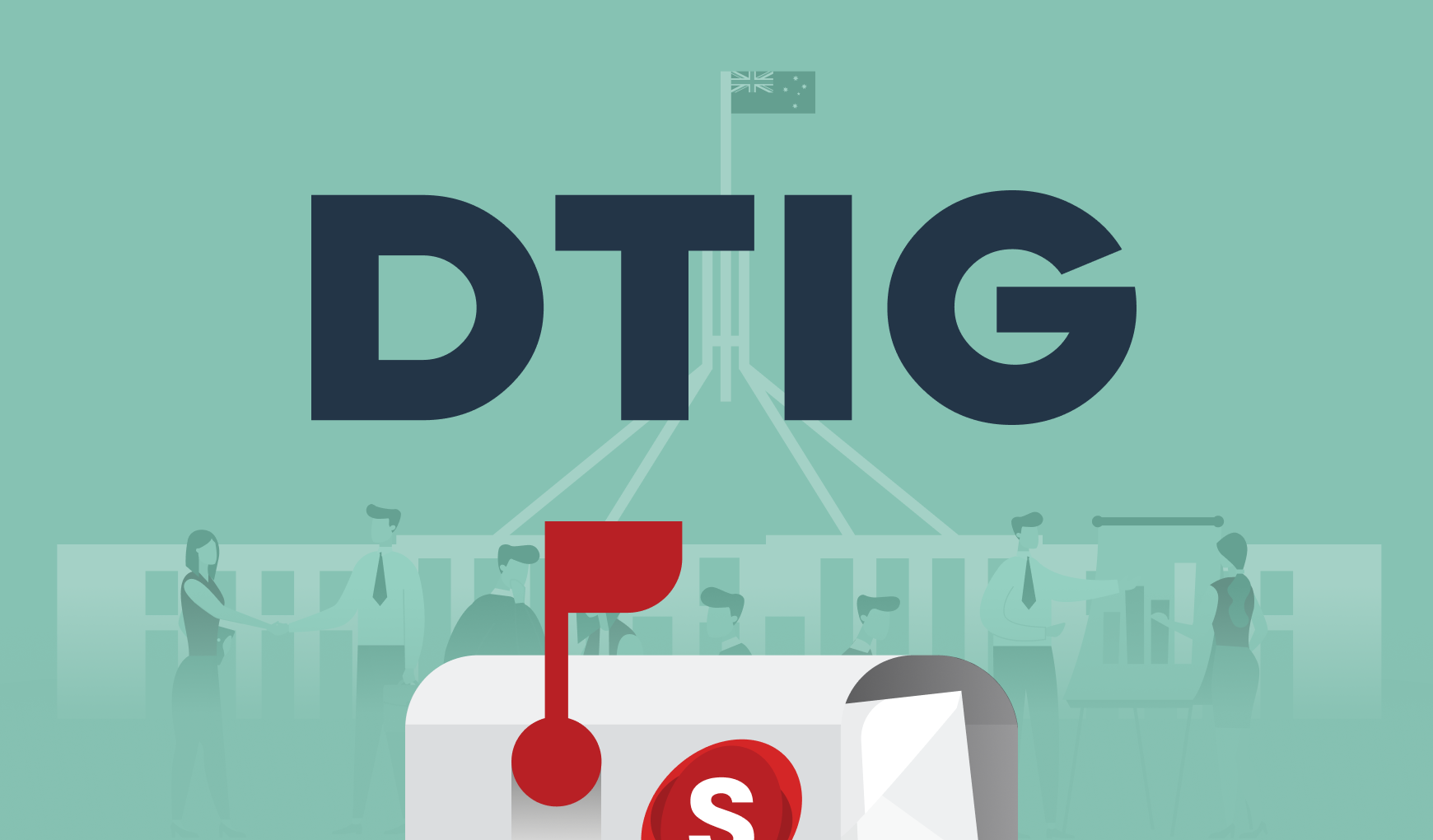What are chatbots?
Chatbots (also known as talkbots, chatterbots, Bots, IM bots, and virtual assistants) are basically automated programs that simulate a conversation using text and/or audio. They’re often used on websites for customer help ‘chat’ features instead of having a real person (human) on the other end of the conversation. They’re also the basis for home and office virtual assistants like Google Assistant and Siri.
Chatbots in action
The big players in the market in terms of personal/office virtual assistants are Siri (Apple), Google Assistant, Cortana (Microsoft’s Windows 10) and Alexa (Amazon). These virtual assistants offer different areas of specialties, from controlling a smart home to controlling apps on your phone or programs on your computer (there’s a good comparison of these products on Digital if you’re interested).
In terms of the public service sector, it’s the customer service chatbots that are making their mark. Overseas, chatbots are used by different levels of government. Some of the agencies currently using chatbots include:
Kansas City
North Charleston (this is a textbot, so users don’t even need to be online or have a smartphone...they just send a text)
San Francisco’s PAIGE (Procurement Answers and Information Guided Experience)
GovBot (Botty Bonn) of Germany
Rajkot Municipal (India)
Enfield Council’s Amelia (UK)
Here in Australia the launched its customer service chatbot, Alex, in 2016. Alex has received international attention in the media as an example of digital innovation.
Alex
The ATO introduced Alex onto its website in March 2016 and the stats are good...very good. In fact, the ATO experienced a first-contact resolution rate of 80%, well above the benchmark of 60-65%. (For more information see page 70 of the Australia 2030: Prosperity through Innovation or check out the info about Alex leading up to last year’s Enhancing Public Sector Customer Service ).
With Alex taking care of the more straightforward queries, ATO consultants can focus on the more complex customer questions.
Behind the chatbots
Obviously there’s a lot going on behind the chatbots, both in terms of the providers working in this space and the technological components.
There are lots of different companies that provide chatbot technology, ready to be tailored to the organisation and purpose. The company behind ATO’s Alex is US-based Nuance. Nuance’s chatbot was the subject of an interesting article in ComputerWorld last . Nuance started as a smaller company with 50 employees outside of Boston but with the uptake of its technology it now has 16,000 employees in 35 offices around the world. An impressive growth trajectory!
And while both Apple and Nuance have been cagey about whether Siri uses Nuance technology, this fact was confirmed in an appleinsider 2013 . (Although if you’re keen to find out all of Siri’s history, check out this Huffington Post article, Siri .)
Nuance’s virtual assistant technology is called Nina, and as well as being used by the ATO, it’s used by Domino’s pizza, it’s at the heart of Jetstar’s Jess and is also used by retail giant Coca Cola.
Nina sits in the cloud and can run via text or voice commands (it converts the voice to text). From there, it’s linked to an organisation’s backend system to provide appropriate responses. The tech uses logic trees to ensure conversations don’t reach dead ends or become repetitive, and also use machine learning to refine responses (and overall functionality) over time.
The aim is to simulate a conversation, and the chatbots are getting more and more advanced. In fact, many chatbots pass the Turing test for artificial intelligence (AI) (see our blog on Artificial intelligence in government for more info on AI and the Turing test). Nuance lists Nina’s as natural conversation, seamless integration, smarter learning and secure. You can also download the Nina from the Nuance website.
Two of the other big corporate players in this space are IBM’s Watson Virtual and Amazon’s Amazon (which lets you build your own chatbot based on Amazon’s Alexa technology).
In addition, there are lots of open source options out there, that developers can use to build their own, tailored chatbots. Some of the free chatbot platforms include:
Wit.ai
Rasa NLU
Api.ai
Chatfuel
It’s Alive
Are chatbots good for government?
There are many elements within chatbots that make them an attractive offering for the public sector here (and overseas). The ComputerWorld mentions the time to market is three months (impressive!) and there’s even an article How to build a chatbot in a (this article is based on using Chatfuel (free) to build a Facebook chatbot). On top of that, ATO’s success is also a great case study for chatbots' use in the Australian public sector.
As an initial step, you may want to read the Gartner report, Is Your Digital Government Platform Ready for Virtual Assistants and
Salsa Digital’s take
When voice recognition for automated customer service was first brought to the market, the excitement turned to frustration for many people on the other end of the phone/chat. However, like all technological advancements, the underlying tech has improved so much that chatbots are now an attractive option, particularly for websites where people want to find information, fast, and don’t necessarily need the personalised service of a consultant...a human being.
With Australia’s push for digital first and user-centric delivery, chatbots are an option many departments could/should be looking at. Maybe it’s time to start some research and conversations at your agency.

